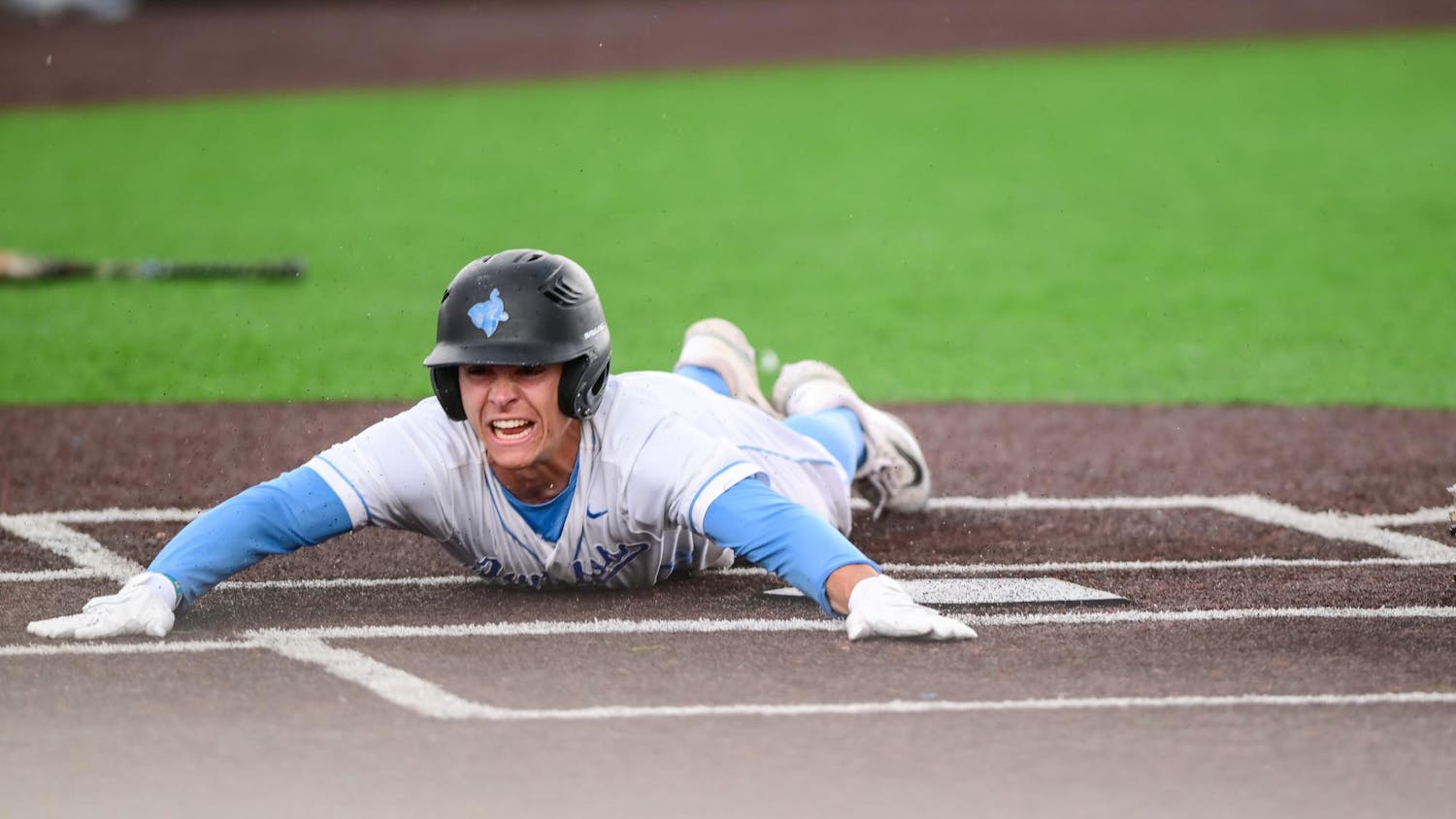It was 2010, and the financial crisis seethed throughout Europe. Some of the European Union’s most vulnerable markets — Greece, Russia and Italy — were hit the hardest, as the next decade would usher in years of austerity and financial anxiety.
As reported by Foreign Affairs, Far-right parties are the biggest beneficiaries of financial crashes. Politicians emerge from statehouse shadows, galvanizing extremism under the guise of law and order.
Encouraged by Far-right politics, hooliganism across all of Europe has also surged. Ultras — a team’s most fanatical supporters — and their firms, or gangs, carry out violence today with liberty and support that 21st-century soccer has never seen.
Firms are perfect outlets for young, masculine, white working-class men to assert an identity and status that Far-right politicians often contend is under threat.
The Far-right Golden Dawn party won the third most votes in Greece’s 2015 parliamentary elections, in part due to its ultranationalist and neo-fascist ideology. The party’s youth arm, Galazia Stratia, also functions as a football supporters firm and regularly engages in organized violence.
Galazia’s popularity rose with Golden Dawn’s, and its young recruits conduct violent attacks against immigrants who are scapegoated for the country’s financial capitulation.
An article by the Guardian exposed how in Russia government officials encouraged violence in right-wing firms for decades. One Ultra became friendly with a Far-right politician, who paid for the firm’s activities in return for party votes. Vasily “The Killer” Stepanov, the former leader of Spartak Moscow’s hooligan firm, described his hooligans as “Putin’s foot soldiers” in a BBC documentary.
The issue is not exclusive to Eastern Europe. In England, the birthplace of hooliganism, police figures show that the number of matches at which hooliganism — ranging from throwing coins to fighting — occurred rose from 727 in the 2012–13 season to 1,128 in the 2017–18 season. Serious incidents, such as assault, rose by 24% in the past year, while hate crime rose by 67%.
In Italy's Serie A, Senegalese defender Kalidou Koulibaly heard monkey chants directed at him during a match away to Inter Milan in late 2018. Pavel Klymenko, a member of the organization Football Against Racism, wasn’t surprised.
“When we look at the politics in Italy right now, this scaremongering of refugees and migrants ... [former Interior Minister] Matteo Salvini [is] introducing regulations against migrants and ethnic minorities in the country — this has an impact on the stadiums,” he said earlier this year.
Though the right-wing populists failed to gain power in Italy in September, the hooliganism it enabled persists. And in Greece, support for the Golden Dawn has since left the political stage after a steady decline in support.
But the ranks of neo-nazis and their fascist chants can still be heard in soccer stadiums across Europe. Just as politicians can be voted out of office, dangerous soccer fans can be thrown out of stadiums, too. Governing bodies such as FIFA and UEFA must enforce their anti-hooligan policies with more vehemence to ensure today’s nasty present doesn’t become tomorrow’s normalized reality.
More from The Tufts Daily





